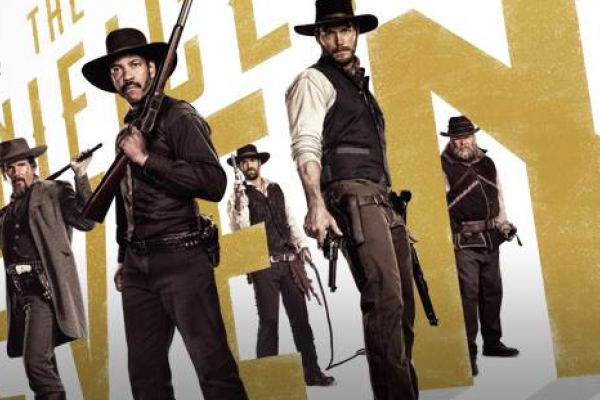Sep 26, 2016
From the very start, The Magnificent Seven posits itself not just as a film about good guys versus bad guys, but a story about downtrodden and disenfranchised people versus an oppressor. On a story level, that’s represented by the scared, victimized townsfolk of Rose Creek. But more importantly, it’s there in the casting choices for the heroes— a black man, leading a group that includes Mexican, Native American, and Asian characters — against an entitled white man whose authority rests solely in paying other men to do his dirty work.
Read the Full Article

Already a subscriber? Login
